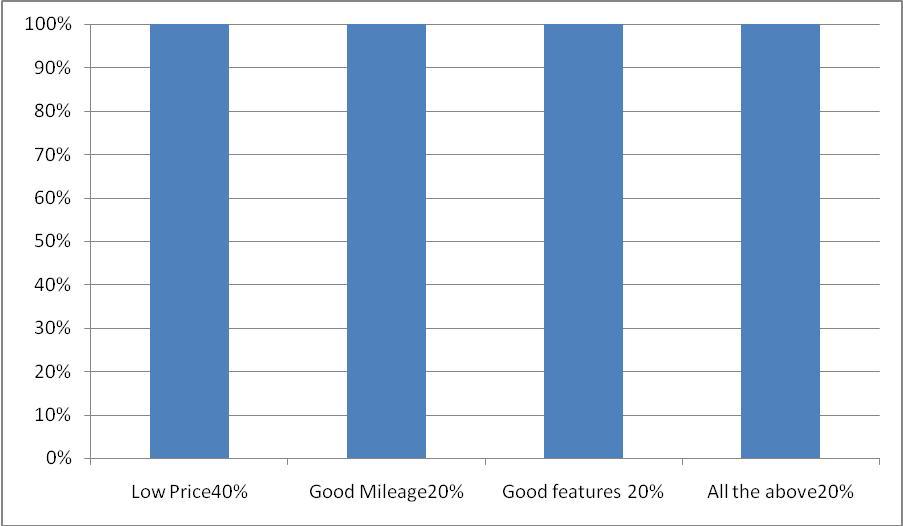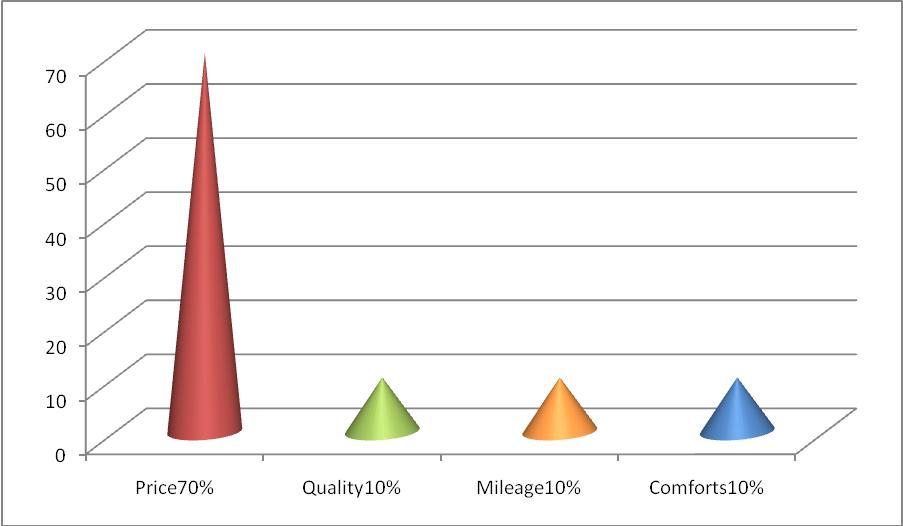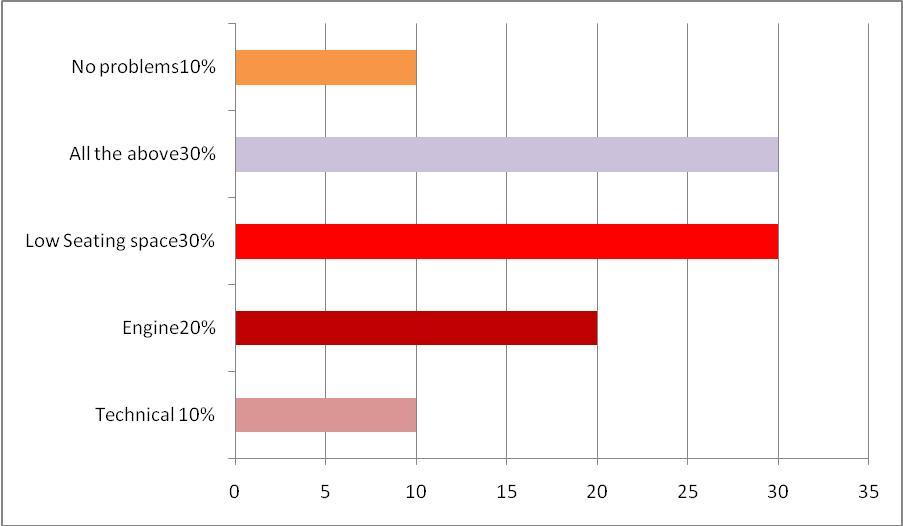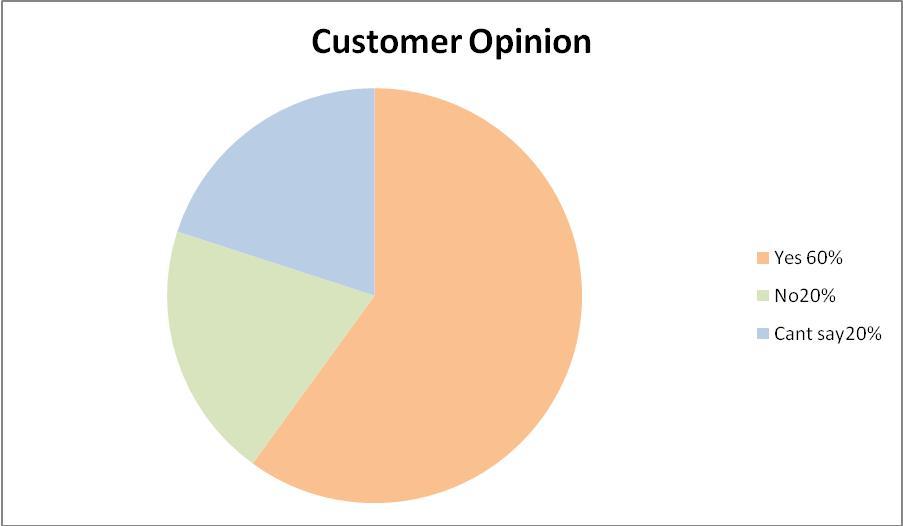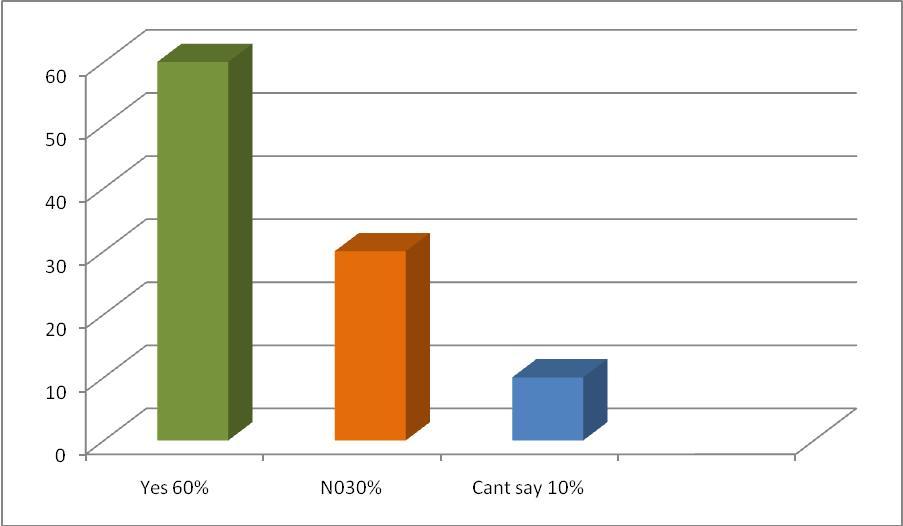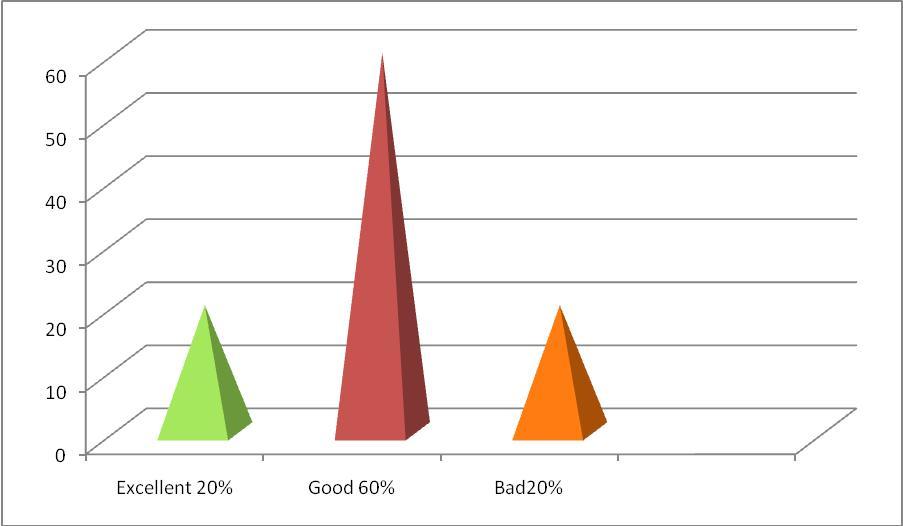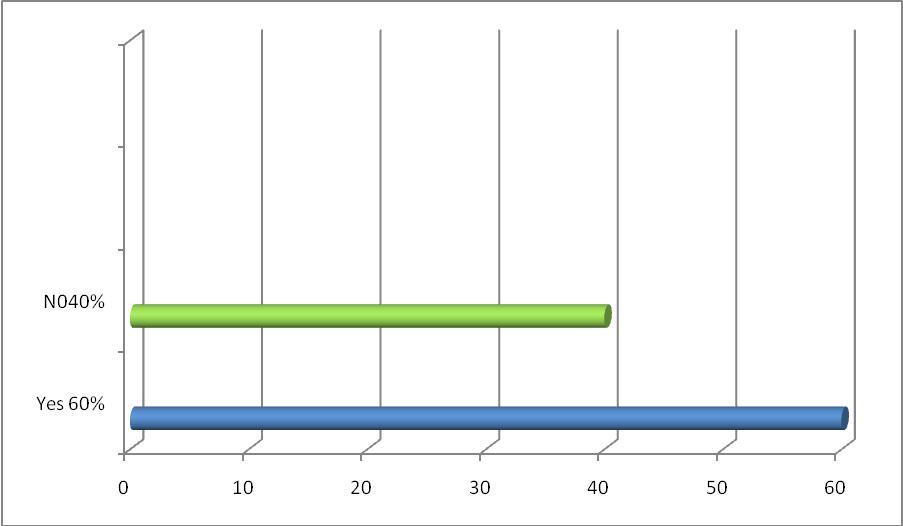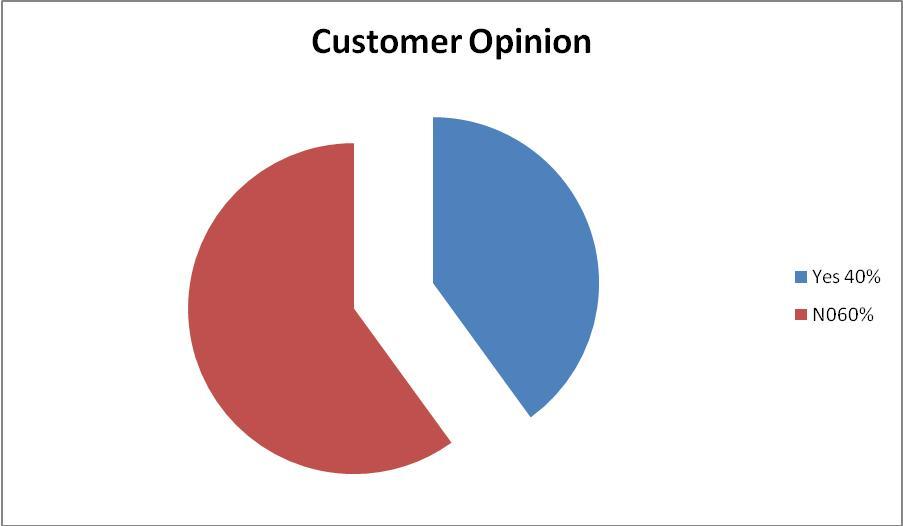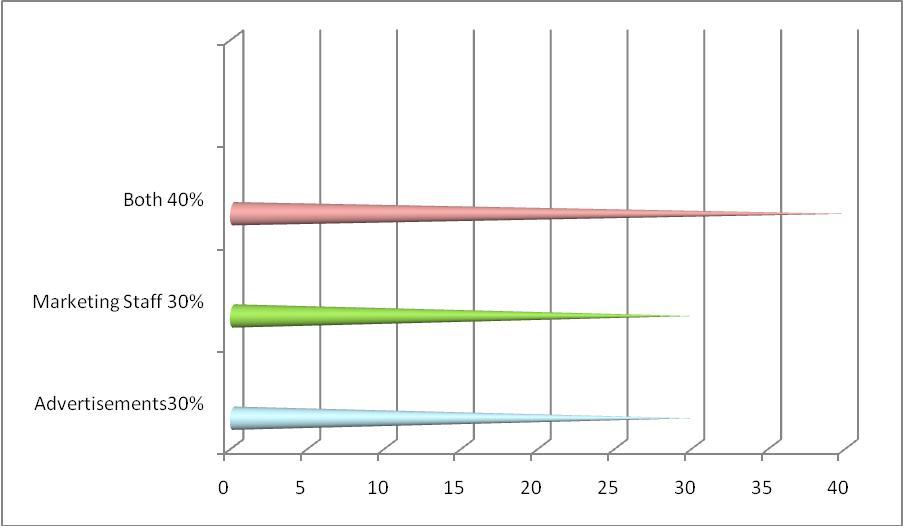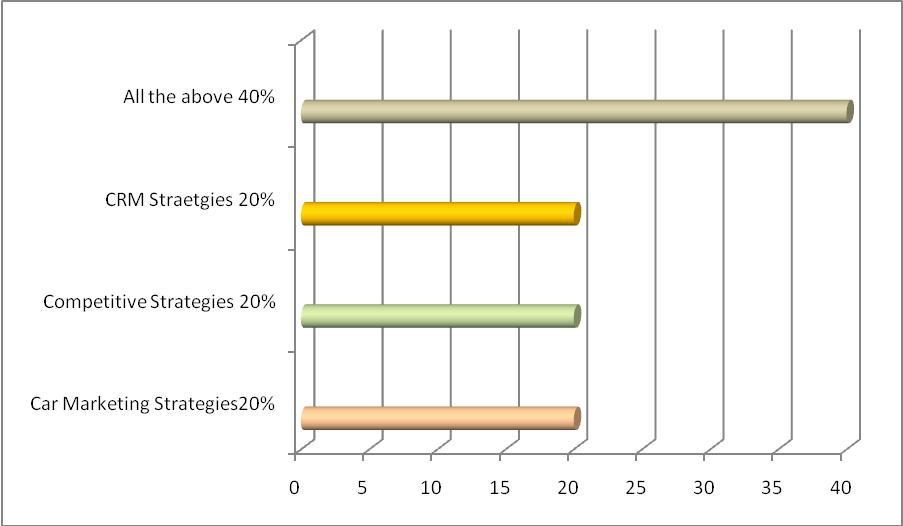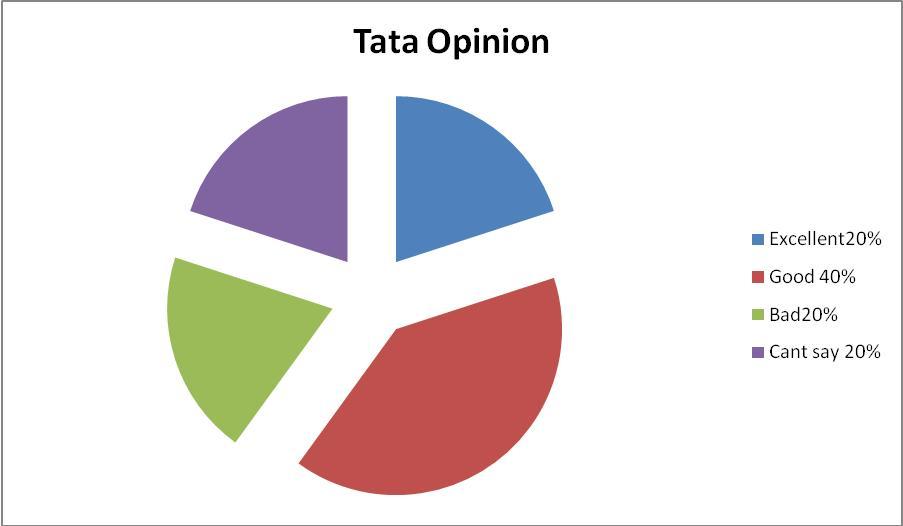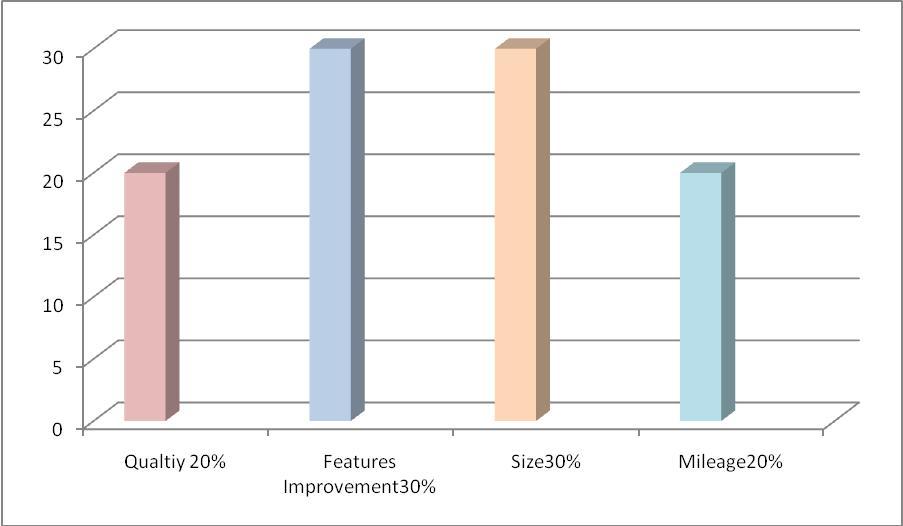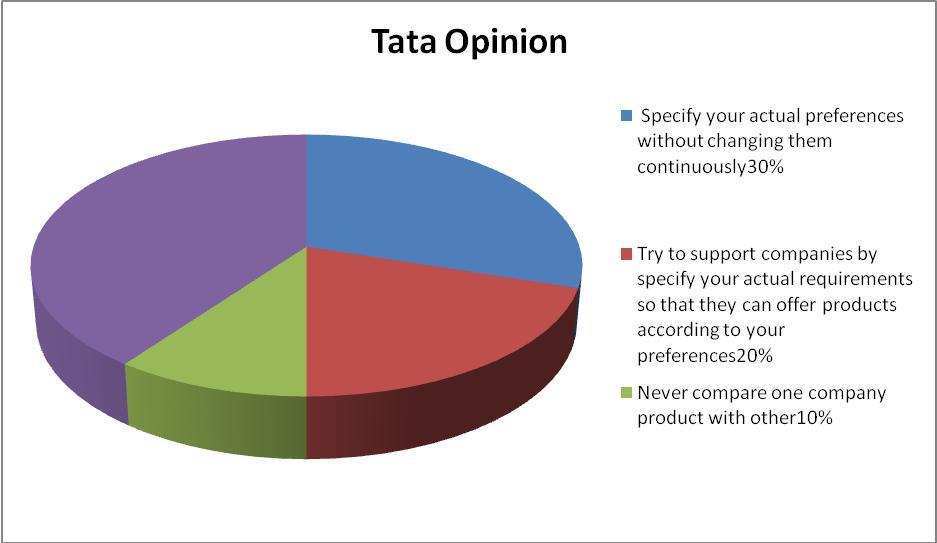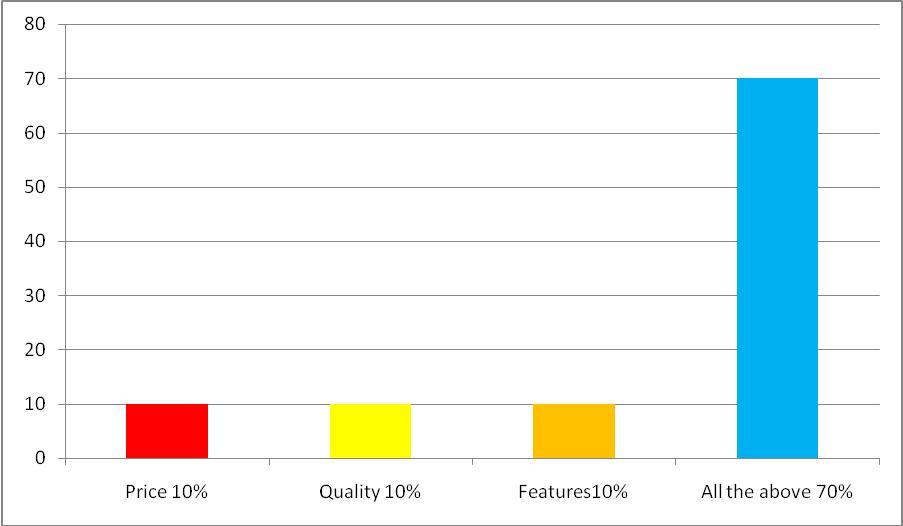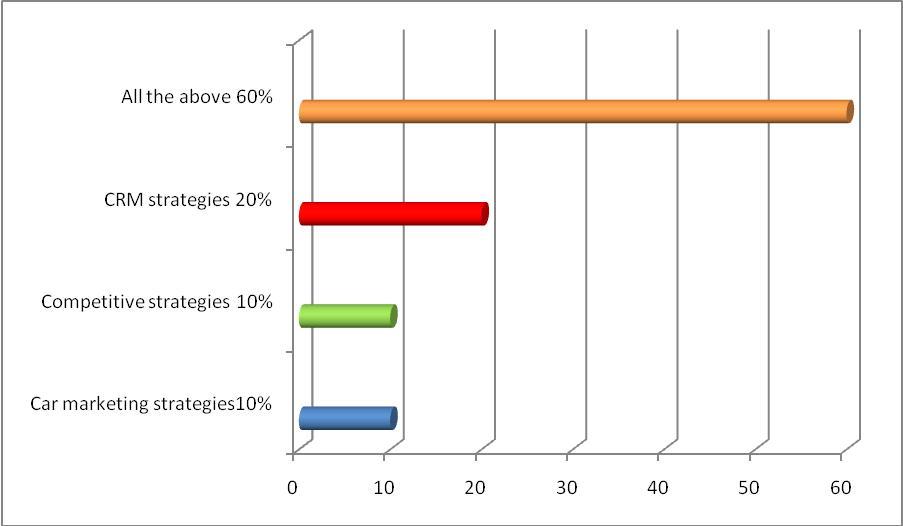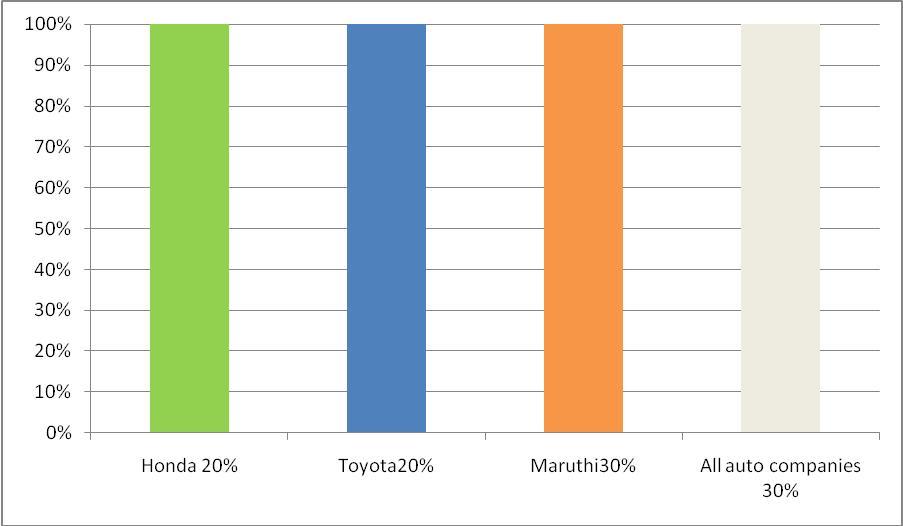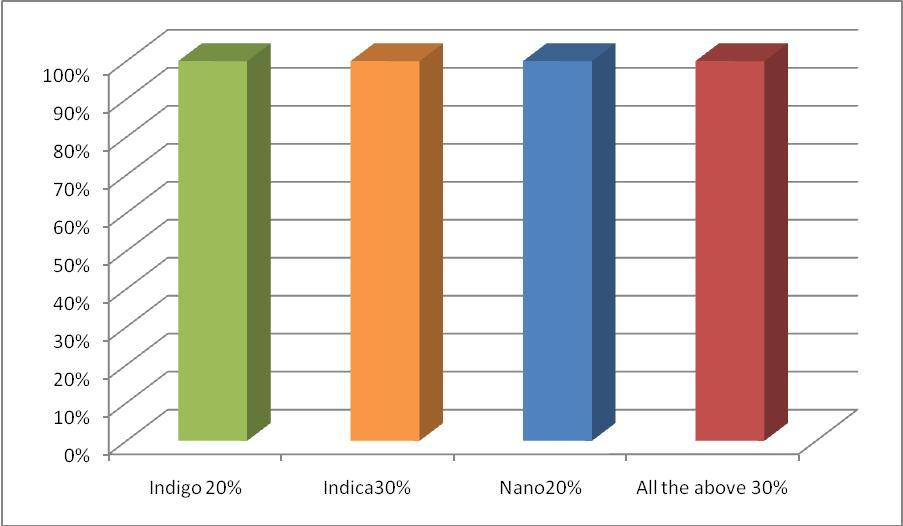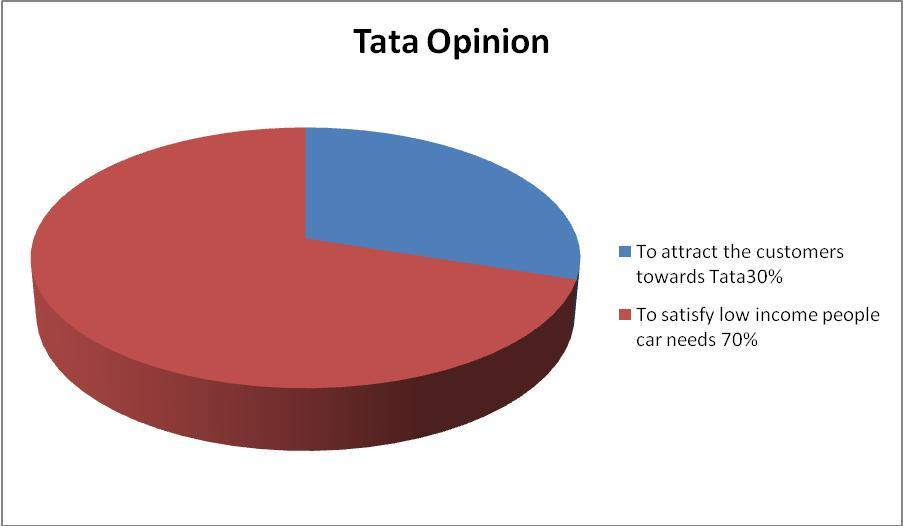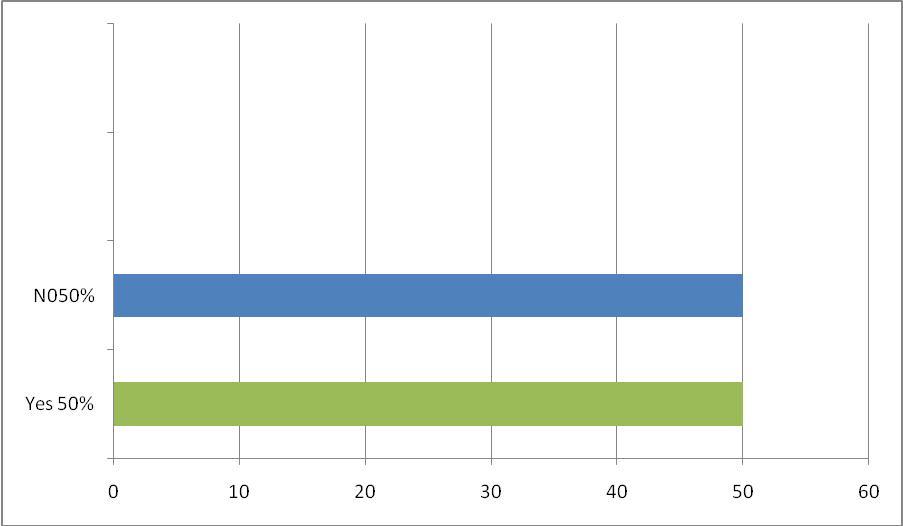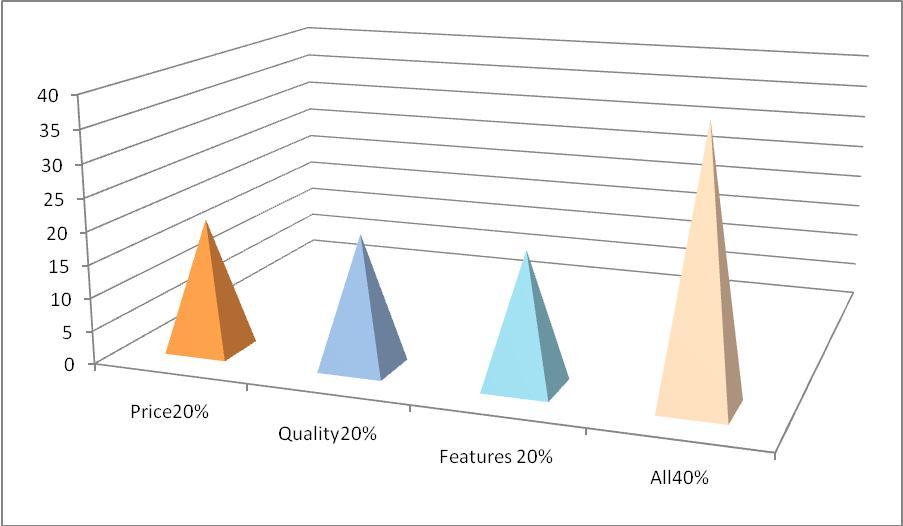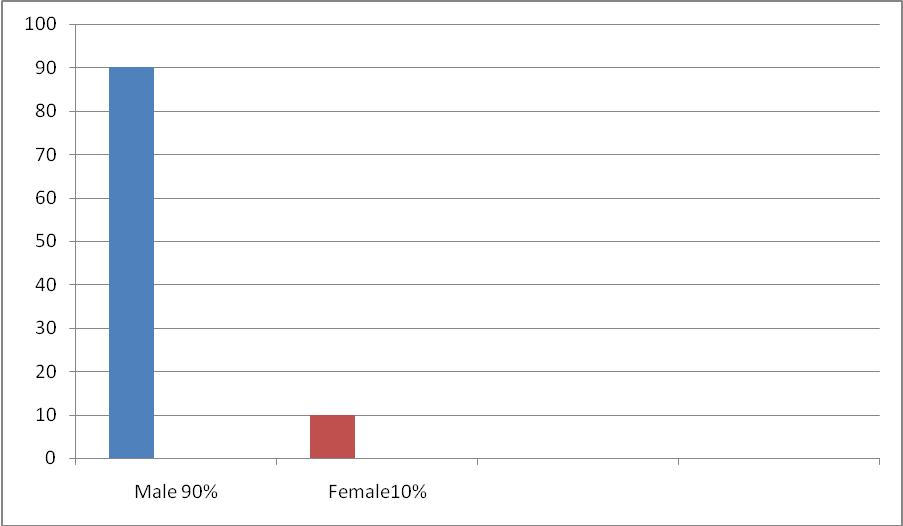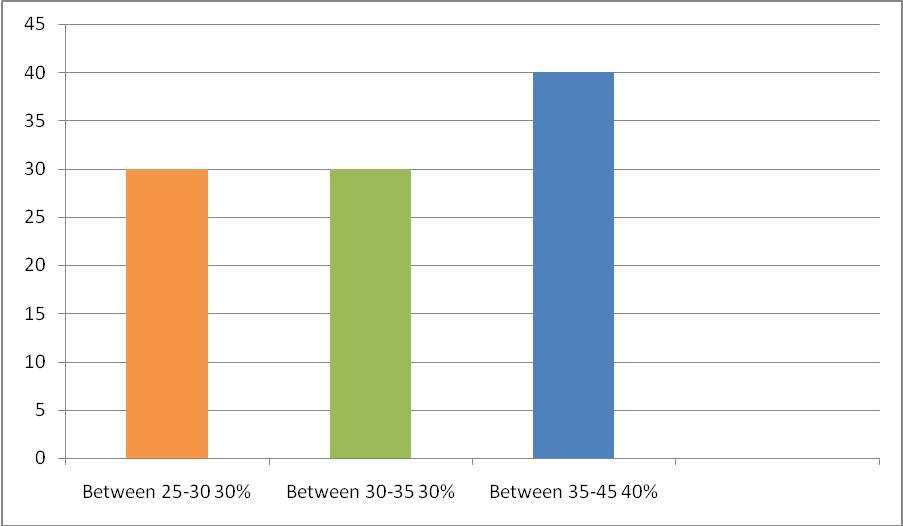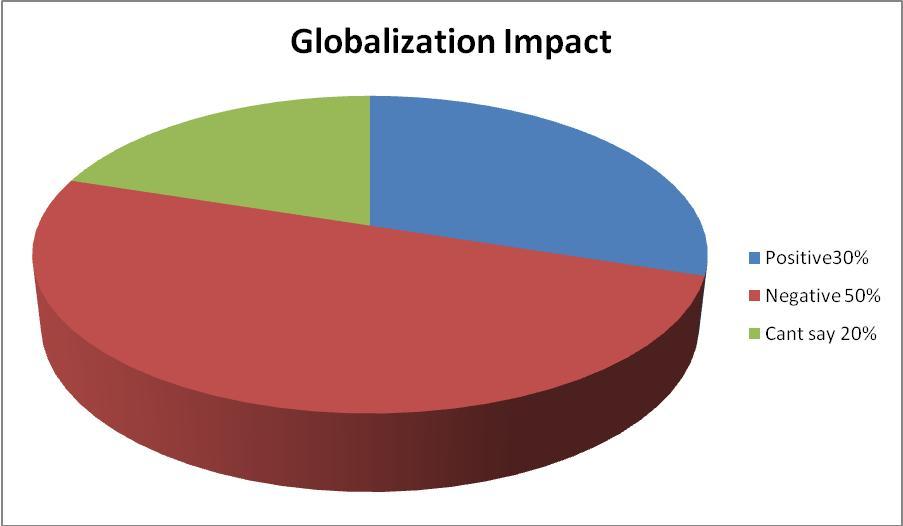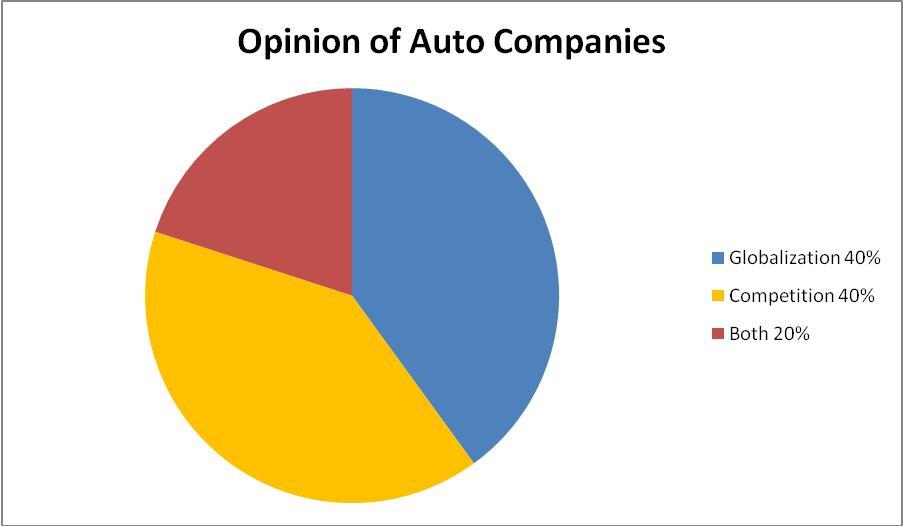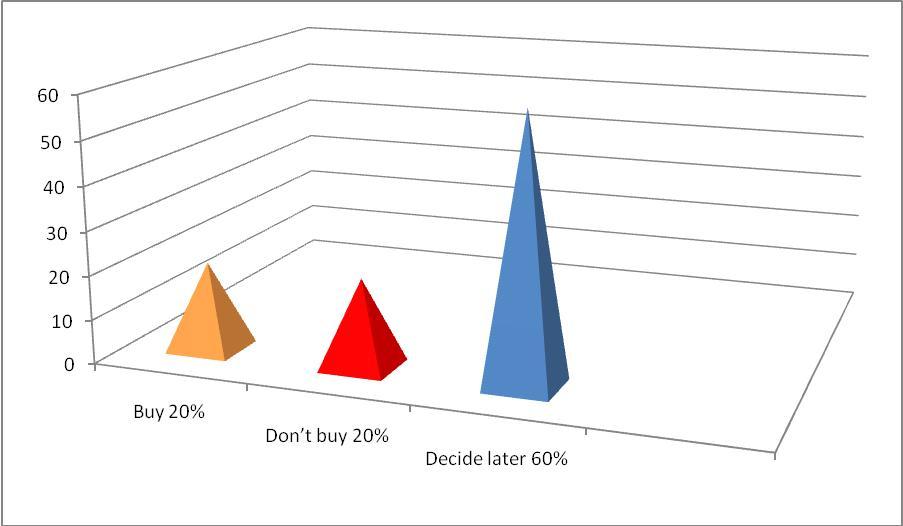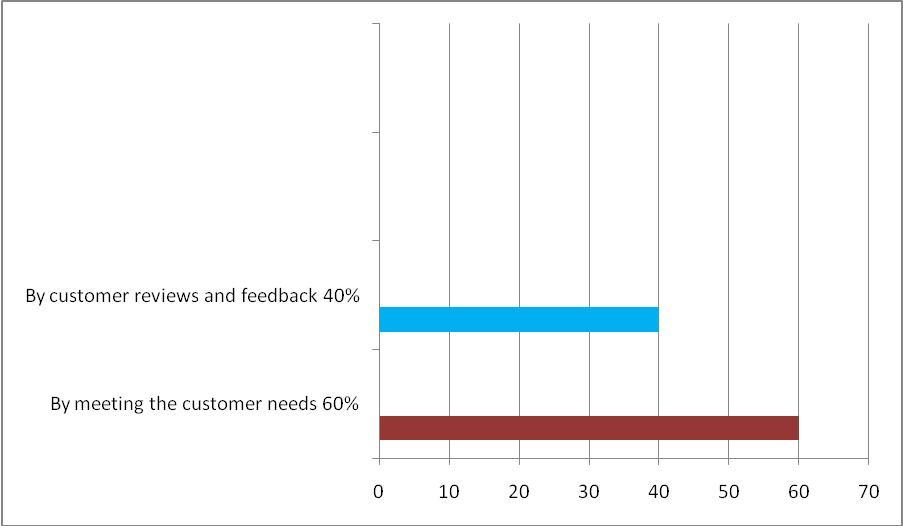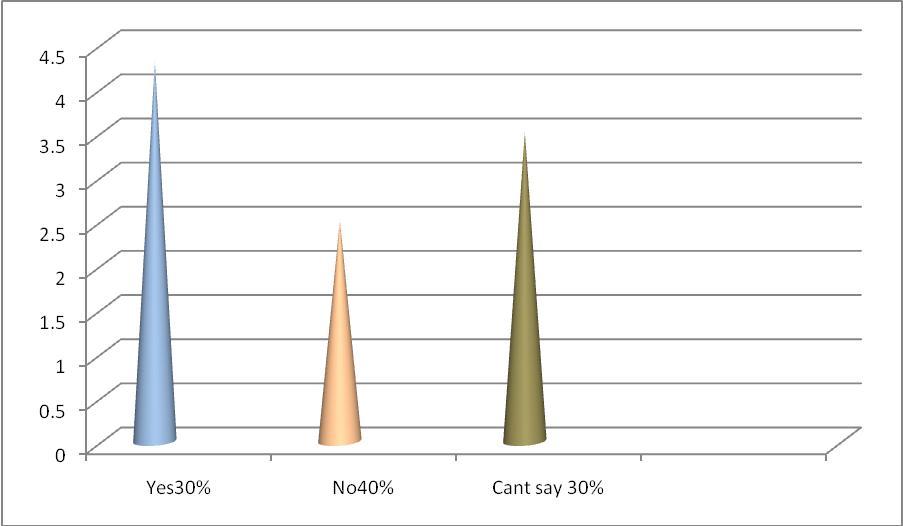History of Banking in India:
The economy will not be healthy without a solid and effective banking system inIndia. The technology as well as the internal and external factors imposed challenges must be reached by the Indian banking sector in addition to being hassle free. For the credit of Indian banking system, many outstanding achievements are added since past three decades and its accomplishments are wide and more striking. InIndia, this bank is not only impounded to cosmopolitans or metropolitans but also even arrived at the remote corners of the country. All the above mentioned reasons formed as the main causes for the development process inIndia.
When the 14 main private Indian banks are nationalized, the rich dividends are remunerated for Indian bank by the government’s regular policy from 1969 itself. In the year 1786 inIndiathe first bank was introduced which is the traditional bank. The Indian banking system expedition from the year 1786 to till date is divided into three discrete phases. They are:
- From the year 1786 to 1969, the Indian banks early phase.
- Indian bank’s nationalization and till 1991 earlier to Indian banking sector reforms.
- After 1991, the banking sector ofIndia’s new phase with the arrival of Indian Financial and Banking sector Reforms.
The Bengal Bank which later became the State Bank ofIndia
Phase I:
In 1786 the General Bank ofIndiais established. The follower banks that came into existence are the Bengal Bank and Hindustan Bank. Like self-governing units, the Bank of Madras in 1843, Bank of Bengal in 1809 and the Bank of Bombay in 1840 are launched by the East India Company and these banks are named as presidency banks. In the year 1920 all the three banks are merged later on like private shareholders banks, the Imperial Bank of India is formed which is mainly of European shareholders.
After the establishment of Allahabad bank in the year 1865, Punjab National Bank Ltd is launched with headquarters atLahorein the year 1894 by the Indians for the first time. The establishment of the banks such as Bank of Baroda, Bank of Mysore, Bank of India, Indian Bank, Central Bank ofIndiaand Canara Bank took place in between the years 1906 and 1913. In the year 1935 the Reserve Bank ofIndiais launched.
Regarding the banks, public has less confidence in those days which resulted in slow deposit mobilization. When compared, the postal department presented savings bank facility which is safer. Besides on a large scale, traders have taken more funds.
Phase II:
After theIndependence, several steps have been taken by the government in the Indian Banking sector Reform. Mainly in semi urban and rural areas the wide banking facilities are provided with the help of Imperial Bank ofIndiaafter its nationalization in the year 1955. Across the country to lever theUnionand State Governments banking transactions as well as to operate like a RBI principal agent, the state Bank of India is fashioned. In the year 1980 seven more banks are nationalized in the nationalization Indian Banking sector reform’s second phase. Therefore under the government ownership nearly 80 percent of the banking segment is taken.
In order to regulate the Banking Institutions in the country, some of the below given steps are considered by the government:
- Enactment of Banking Regulation Act in 1949.
- Nationalization of State Bank ofIndiain 1955.
- Nationalization of SBI subsidiaries in 1959.
- Insurance cover extended to deposits in 1961.
- Nationalization of 14 major banks in 1969.
- Creation of credit guarantee corporation in 1971.
- Creation of regional rural banks in 1975.
- Nationalization of seven banks with deposits over 200 crore in 1980.
InIndia, the public sector bank branches grown in deposits to around 800 percent and progressed by 11,000 percent after nationalization.
Phase III:
In the banking sector in case of reforms measure, several facilitates as well as products have been introduced in this phase. A committee for the banking practices liberalization is established on the name of M Narasimham in the year 1991.
With the ATM stations and foreign banks, the country became inundated. For offering satisfactory services to customers many efforts are made, therefore net and phone banking is initiated. These results turned the total system to convenient and hasty. Than money much importance is given to time.
A great deal of resilience is exposed by the Indian financial system. The East Asian countries are suffering from crisis which is caused due to external macroeconomics shock. All this is because of foreign reserves are high, banks and its customers having limited foreign exchange exposure, flexible exchange rate regime and the capital accounts are not completely convertible.

